The world of cattle breeding is constantly evolving and next month, Irish cattle breeders will hopefully be offered the opportunity to utilise in-vitro production (IVP) on a commercial scale.
While the abbreviation IVP may be new to most, many would have heard of IVF (in-vitro fertilisation). IVP is actually the correct name for the whole procedure, with IVF just one step in the overall process.
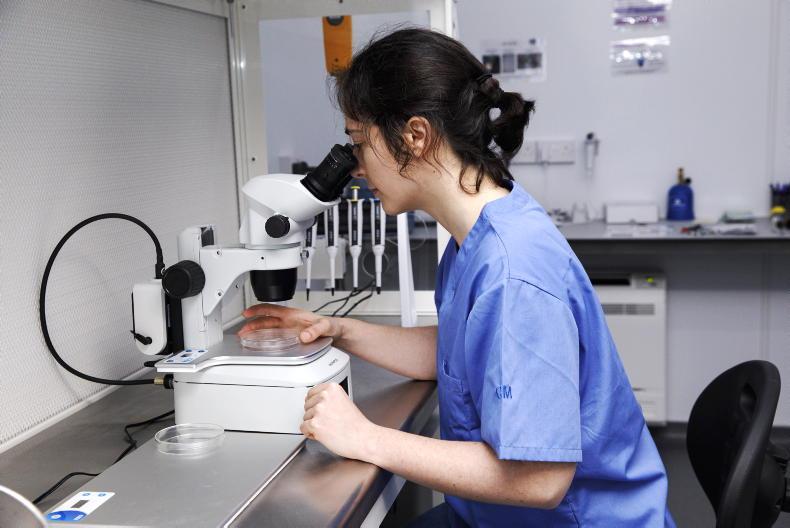
Dr Clio Maicas at work in the Animal Breeding Ireland IVP Lab in Cork / Donal O' leary
The IVP procedure has taken place on Irish soil already, but never at a large-scale commercial level, with work undertaken on farms. Having worked in the cattle breeding sector over the last decade specialising in reproduction techniques, vet Paddy Buckley spotted a gap in the market.
Hailing from a farming and veterinary background in Cork, Paddy studied veterinary in Edinburgh, worked in large animal practices throughout the UK and established Target Veterinary Service in Scotland, which specialised in cattle fertility. This in turn led to AB Europe recruiting Buckley as a consultant for its IVP team.
Buckley said: “I always had an interest in the fertility side of things. I had always wanted to go to New Zealand, so when the opportunity came with AB Europe that included work with AB New Zealand, it was the right fit.”
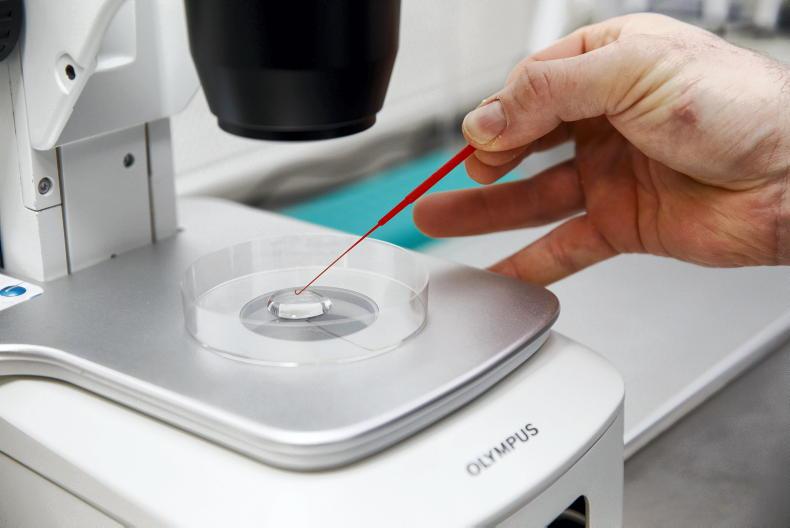
Dr Paddy Buckley MRCVS pictured at the Animal Breeding Ireland IVP Lab in Cork./ Donal O' leary
With Paddy’s experience growing and Ireland still not offering bovine IVP, the decision was made to start the new venture, AB Ireland. This new company will be headed by Buckley, but will also include a further two team members, including trained vets and veterinary nurses who specialise in embryology.
“It has been an ambition of mine always to bring the technology back to Ireland. The lab is now fitted in Carrigaline, we’re just waiting on the final approval from the Department, but we hope to be operational by March.”
While many pedigree and even commercial breeders would be aware of multiple ovulation embryo transfer (MOET) in cattle, the whole IVP process would be new.
Differences and advantages
The MOET procedure involves injecting hormones to prompt super ovulation in the donor cow. The cow is inseminated and the fertilised eggs collected from the donor a week later for implanting. For IVP, eggs are collected unfertilised from the dam and later fertilised in a lab and cultured for seven days before implanting.
There are two different types of IVP, one that includes hormone treatment (stimulated system) and one that doesn’t (non-stimulated system). The non-stimulated IVP method means that eggs can be harvested weekly, consecutively, for a number of weeks, with the only injection given to the donor an epidural at the time of collection.
With the stimulated process, eggs can be harvested every two weeks, with half the amount of injections and hormones as that of the MOET method.
While the frequency of collection is a big plus, perhaps the biggest advantage is that the procedure can be done while the donor animal is in-calf – meaning no loss of production in the year.
Buckley states: “Animals can undergo the IVP procedure about four weeks after calving. Alternatively, the breeder may choose to put the donor in-calf and the IVP can be performed from 30 days after conception, up until around the cow reaches 90 days pregnant.
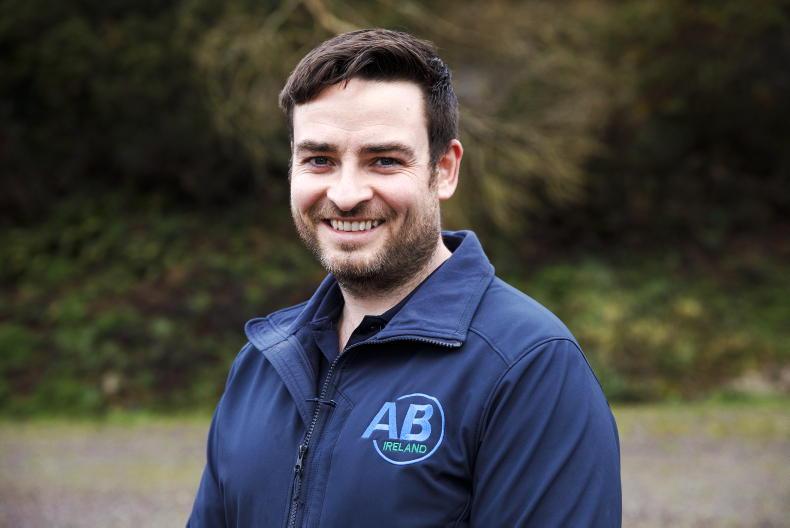
Dr Paddy Buckley MRCVS, Animal Breeding Ireland. / Donal O' leary
“It’s recommended that the non-stimulation method is used for in-calf cows. I was working with breeders in New Zealand who used IVP on cows 30 days after calving for four weeks, then put in-calf and IVP used again once she was scanned 30 days in-calf.”
This process has no effect on fertility and can sometimes be better for the animal, as no hormones are used. In some cases, AI can be performed on the donor after collection, to get the animal in-calf as soon as possible.
Another key selling point for the system is that one straw of semen can be used across around eight donor dams.
MOET generally uses three straws of semen, which, in many cases, are expensive or rare.
The IVP system, when big flushes are achieved, can also use a number of different sires if desired.
Similar to MOET, there are multiple factors that can affect the success of the procedure, such as the fertility of the cow, management, nutrition, time of year, etc.
Therefore, the number of oocytes harvested from each collection can vary significantly.
The average collection for non-stimulant IVP is around eight to 10 eggs, of which around 25% will take to fertilisation. This means that usually two will be suitable for implanting into recipients. This doubles for stimulation IVP.
“We collect the eggs at day -1, with the day of fertilisation day 0. We leave these eggs [to] culture for seven days and then implanting of eggs is done as normal.
“Generally, grade two eggs are implanted fresh and grade one are frozen if required. We are looking at about a 5% drop in conception for both fresh and frozen embryos compared to that of MOET.”
Buckley added that while the collection cost is slightly more than MOET, when you take labour and semen cost into account, it works out much the same, but that flexibility and the ability to be able to flush pregnant donors is the biggest plus.
“The use of fewer drugs is also key from a welfare point of view. The speed of the procedure is also a lot faster, as we can call to a yard and do four cows in an hour and a half and be gone.”
This is now a further tool that Irish cattle breeders can use to accelerate herd merit and profitability in both dairy and beef herds.
While the newly established lab is based in Co Cork, AB Ireland will be covering all of Ireland, both north and south.
It must always be remembered that procedures such as IVP and MOET should only be used on the top tier of breeding animals. Just because an animal is born as the result of ET does not mean it automatically deserves a premium.
It remains the case that the animal needs to be backed with sound phenotypic traits and proven genetics.
Read more
Online marketing the new norm for 2021
New Irish herd book for EU Angus breeders
Strong autumn sale sets benchmark for spring
The world of cattle breeding is constantly evolving and next month, Irish cattle breeders will hopefully be offered the opportunity to utilise in-vitro production (IVP) on a commercial scale.
While the abbreviation IVP may be new to most, many would have heard of IVF (in-vitro fertilisation). IVP is actually the correct name for the whole procedure, with IVF just one step in the overall process.

Dr Clio Maicas at work in the Animal Breeding Ireland IVP Lab in Cork / Donal O' leary
The IVP procedure has taken place on Irish soil already, but never at a large-scale commercial level, with work undertaken on farms. Having worked in the cattle breeding sector over the last decade specialising in reproduction techniques, vet Paddy Buckley spotted a gap in the market.
Hailing from a farming and veterinary background in Cork, Paddy studied veterinary in Edinburgh, worked in large animal practices throughout the UK and established Target Veterinary Service in Scotland, which specialised in cattle fertility. This in turn led to AB Europe recruiting Buckley as a consultant for its IVP team.
Buckley said: “I always had an interest in the fertility side of things. I had always wanted to go to New Zealand, so when the opportunity came with AB Europe that included work with AB New Zealand, it was the right fit.”

Dr Paddy Buckley MRCVS pictured at the Animal Breeding Ireland IVP Lab in Cork./ Donal O' leary
With Paddy’s experience growing and Ireland still not offering bovine IVP, the decision was made to start the new venture, AB Ireland. This new company will be headed by Buckley, but will also include a further two team members, including trained vets and veterinary nurses who specialise in embryology.
“It has been an ambition of mine always to bring the technology back to Ireland. The lab is now fitted in Carrigaline, we’re just waiting on the final approval from the Department, but we hope to be operational by March.”
While many pedigree and even commercial breeders would be aware of multiple ovulation embryo transfer (MOET) in cattle, the whole IVP process would be new.
Differences and advantages
The MOET procedure involves injecting hormones to prompt super ovulation in the donor cow. The cow is inseminated and the fertilised eggs collected from the donor a week later for implanting. For IVP, eggs are collected unfertilised from the dam and later fertilised in a lab and cultured for seven days before implanting.
There are two different types of IVP, one that includes hormone treatment (stimulated system) and one that doesn’t (non-stimulated system). The non-stimulated IVP method means that eggs can be harvested weekly, consecutively, for a number of weeks, with the only injection given to the donor an epidural at the time of collection.
With the stimulated process, eggs can be harvested every two weeks, with half the amount of injections and hormones as that of the MOET method.
While the frequency of collection is a big plus, perhaps the biggest advantage is that the procedure can be done while the donor animal is in-calf – meaning no loss of production in the year.
Buckley states: “Animals can undergo the IVP procedure about four weeks after calving. Alternatively, the breeder may choose to put the donor in-calf and the IVP can be performed from 30 days after conception, up until around the cow reaches 90 days pregnant.

Dr Paddy Buckley MRCVS, Animal Breeding Ireland. / Donal O' leary
“It’s recommended that the non-stimulation method is used for in-calf cows. I was working with breeders in New Zealand who used IVP on cows 30 days after calving for four weeks, then put in-calf and IVP used again once she was scanned 30 days in-calf.”
This process has no effect on fertility and can sometimes be better for the animal, as no hormones are used. In some cases, AI can be performed on the donor after collection, to get the animal in-calf as soon as possible.
Another key selling point for the system is that one straw of semen can be used across around eight donor dams.
MOET generally uses three straws of semen, which, in many cases, are expensive or rare.
The IVP system, when big flushes are achieved, can also use a number of different sires if desired.
Similar to MOET, there are multiple factors that can affect the success of the procedure, such as the fertility of the cow, management, nutrition, time of year, etc.
Therefore, the number of oocytes harvested from each collection can vary significantly.
The average collection for non-stimulant IVP is around eight to 10 eggs, of which around 25% will take to fertilisation. This means that usually two will be suitable for implanting into recipients. This doubles for stimulation IVP.
“We collect the eggs at day -1, with the day of fertilisation day 0. We leave these eggs [to] culture for seven days and then implanting of eggs is done as normal.
“Generally, grade two eggs are implanted fresh and grade one are frozen if required. We are looking at about a 5% drop in conception for both fresh and frozen embryos compared to that of MOET.”
Buckley added that while the collection cost is slightly more than MOET, when you take labour and semen cost into account, it works out much the same, but that flexibility and the ability to be able to flush pregnant donors is the biggest plus.
“The use of fewer drugs is also key from a welfare point of view. The speed of the procedure is also a lot faster, as we can call to a yard and do four cows in an hour and a half and be gone.”
This is now a further tool that Irish cattle breeders can use to accelerate herd merit and profitability in both dairy and beef herds.
While the newly established lab is based in Co Cork, AB Ireland will be covering all of Ireland, both north and south.
It must always be remembered that procedures such as IVP and MOET should only be used on the top tier of breeding animals. Just because an animal is born as the result of ET does not mean it automatically deserves a premium.
It remains the case that the animal needs to be backed with sound phenotypic traits and proven genetics.
Read more
Online marketing the new norm for 2021
New Irish herd book for EU Angus breeders
Strong autumn sale sets benchmark for spring







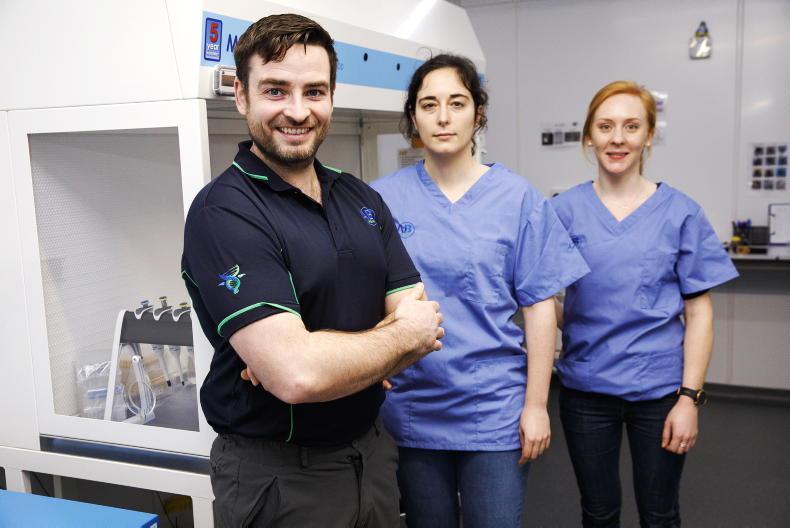
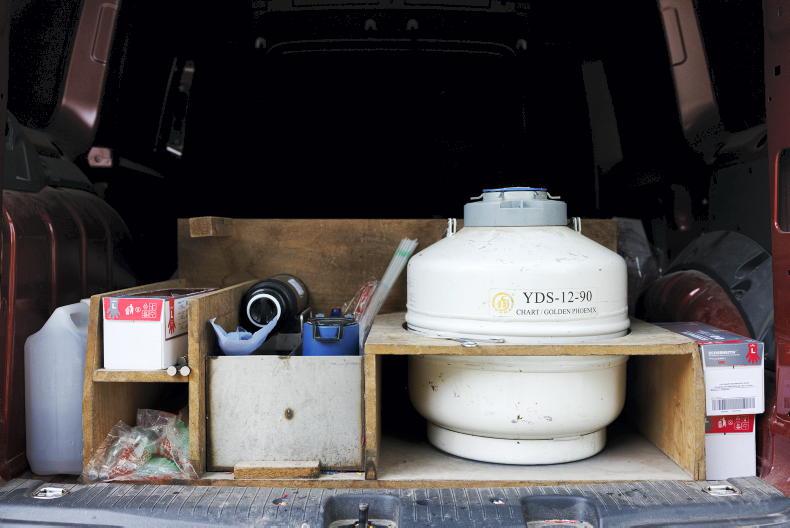

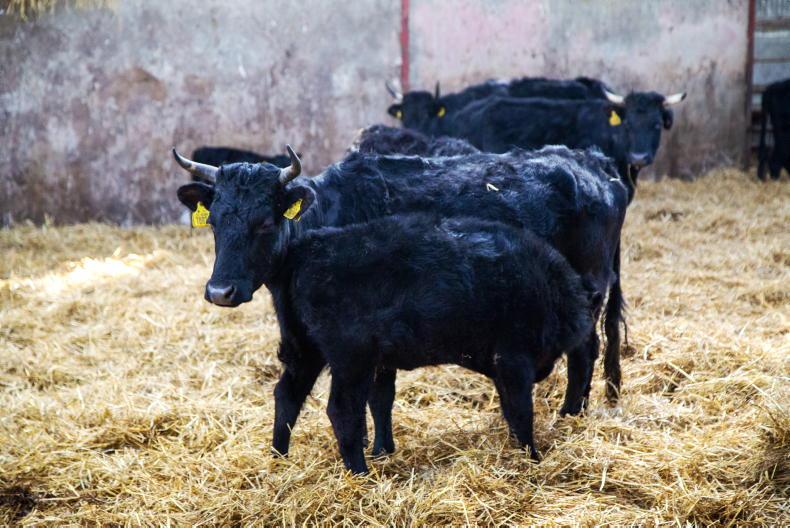
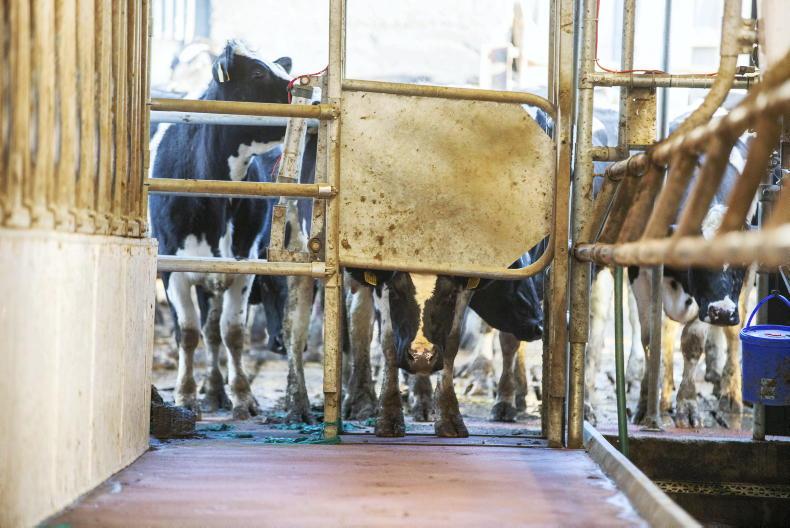

SHARING OPTIONS